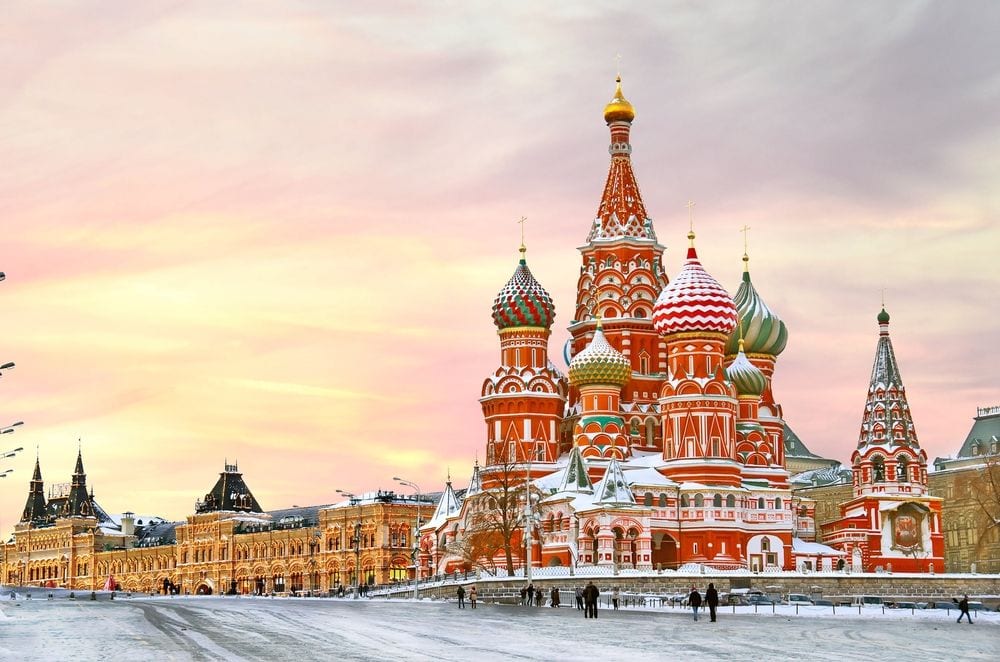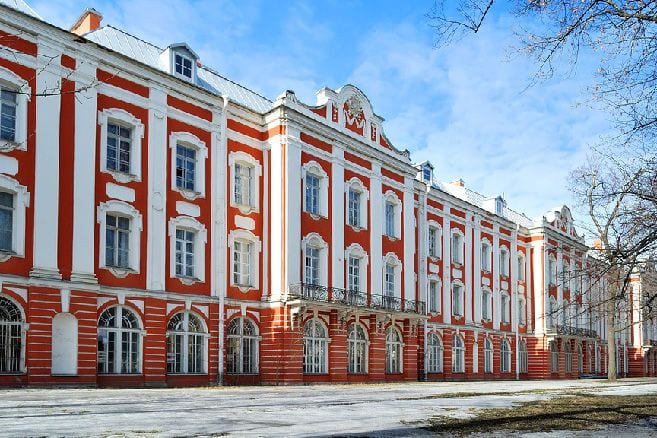
Russia is the largest country by land mass in the world, a status it maintained even after shedding 14 countries when the Soviet Union dissolved in 1991. Early economic turmoil in the Russian Federation gave way to widespread privatization of industry and oil-fueled growth. The nation’s politics have been dominated for more than a decade by the regime of President Vladimir Putin, who has re-nationalized private assets, cracked down on freedom of expression and pursued an expansion of regional influence. This expansion has included a military intervention in Ukraine and an internationally condemned annexation of the Crimean peninsula.
Education
-
Universities in Russia
 There are 21 universities in Russia featured within the QS World University Rankings® 2014/15, five of which are placed among the top 400 universities worldwide. Russia also boasts a substantial presence in the QS University Rankings: BRICS 2014, a ranking of the leading universities in the BRICS countries (Brazil, Russia, India, China and South Africa), with 53 Russian universities making the BRICS top 200.
There are 21 universities in Russia featured within the QS World University Rankings® 2014/15, five of which are placed among the top 400 universities worldwide. Russia also boasts a substantial presence in the QS University Rankings: BRICS 2014, a ranking of the leading universities in the BRICS countries (Brazil, Russia, India, China and South Africa), with 53 Russian universities making the BRICS top 200.Over the past decade or so, higher education in Russia has undergone significant change, with 390 billion roubles (~US$6.5 billion) allocated between 2011 and 2015 for upgrading facilities and technical equipment at Russian universities, and improving training for teaching staff.
Additionally, in 2003, Russia signed up to the Bologna Process, pledging to bring its system in line with the majority of other countries across Europe, and meaning that many universities in Russia now offer a choice between a four-year bachelor’s degree and a five-year specialist degree.
-
Lomonosov Moscow State University
 Lomonosov Moscow State University, or Lomonosov MSU for short, is Russia’s highest ranked institution, placed 114th in the world in the QS World University Rankings® 2014/15. Lomonosov Moscow State University has a current enrollment of 38,200 students, of which just over 22,500 are undergraduates and 3,900 are international students. Faculty areas at Lomonosov Moscow State University are wide-ranging, with a total of 380 departments, 39 faculties, 15 research institutes, four museums and six branch campuses in Russia and abroad.
Lomonosov Moscow State University, or Lomonosov MSU for short, is Russia’s highest ranked institution, placed 114th in the world in the QS World University Rankings® 2014/15. Lomonosov Moscow State University has a current enrollment of 38,200 students, of which just over 22,500 are undergraduates and 3,900 are international students. Faculty areas at Lomonosov Moscow State University are wide-ranging, with a total of 380 departments, 39 faculties, 15 research institutes, four museums and six branch campuses in Russia and abroad.In the QS World University Rankings by Faculty, Lomonosov MSU ranks consistently well across all five areas covered, but is especially notable for its strong performance in natural sciences (34= in the world) and arts and humanities (92= in the world). The frontrunner among universities in Moscow, Lomonosov Moscow State University offers a campus which is not only close to the rich culture of Russia’s capital city (less than 5km from the center) but is also one of the grandest campuses you’ll ever come across, with the main building claiming the title of the tallest educational building in the world.
-
Saint Petersburg State University
 Second in the leaderboard of top Russian universities, Saint Petersburg State University, the oldest and one of the most prestigious universities in the country, is currently ranked at 233rd in the world. Founded by Peter the Great in 1724, Saint Petersburg State University has a student population of just over 32,000, 5,566 of which are studying at graduate level.
Second in the leaderboard of top Russian universities, Saint Petersburg State University, the oldest and one of the most prestigious universities in the country, is currently ranked at 233rd in the world. Founded by Peter the Great in 1724, Saint Petersburg State University has a student population of just over 32,000, 5,566 of which are studying at graduate level.Spread throughout the city of Saint Petersburg in over 400 buildings hosting 25 faculties, Saint Petersburg State University provides students with open access to the city’s great array of museums, monuments and arts venues. Vasilievsky Island (in the historic city center) and Peterhof (a southwestern suburb) are where the university’s main two campuses can be found.
